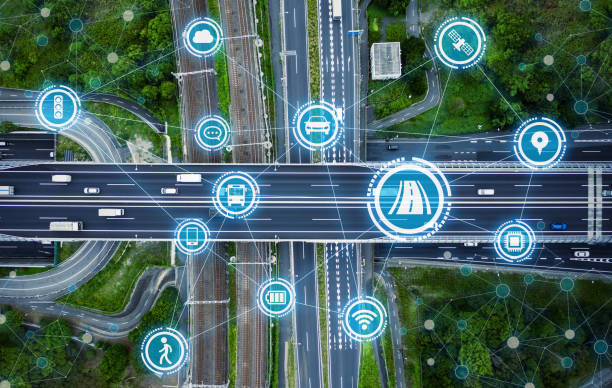The world’s appetite for computation, connectivity, and content grows faster than the systems that sustain it. The challenge of 2025 is no longer scale it’s synchronization.


Growth has never looked so invisible.
Every interaction a stream, a search, a transaction triggers a chain of digital events that stretch across thousands of servers and hundreds of networks. Each one consumes power, bandwidth, and time.
The world’s digital consumption is rising exponentially, yet most of its infrastructure still evolves linearly. Data centers, fiber networks, energy grids, and logistics are expanding, but not fast enough to match the rhythm of global demand.
The result is a widening gap between what people expect to be instantaneous and what the physical world can actually deliver.
The phrase “digital transformation” implies speed without friction. But behind every byte is a physical foundation: steel, silicon, and electricity.
When those materials reach their limits, the digital experience begins to slow down not on the screen, but in the supply chains and substations that feed it.
In 2025, the bottleneck isn’t technology. It’s time.
Power projects take years to permit. Fiber takes months to trench. Skilled labor takes decades to replenish.
Progress is not being stopped by innovation, but by coordination.
For years, the answer to rising demand was more more data centers, more compute, more storage. That model worked when expansion could outpace consumption. It no longer can.
The new advantage lies in synchronization: aligning infrastructure growth with actual need, eliminating redundancy, and sharing intelligence between systems that were never designed to talk to each other.
Infrastructure must learn to think in feedback loops measuring, adjusting, and optimizing in near real time.
What matters now is not capacity, but coherence.
Efficiency once meant minimizing cost. Now it means maximizing uptime, adaptability, and sustainability.
A system that can bend under stress is more valuable than one that runs perfectly until it breaks.
Resilience comes from clarity knowing where vulnerabilities lie, how supply chains interact, and how power, cooling, and data flow reinforce or restrict each other.
The infrastructure that can see itself can sustain itself.
Automation has advanced rapidly, but the pace of demand in 2025 exposes a deeper truth: the most fragile part of modern infrastructure is not machinery, but management.
Leadership must learn to think like systems architects not in silos, but in interdependencies.
The next breakthroughs will not come from faster processors, but from clearer decisions about where and how to build.
The irony of progress is that the faster we move, the more we rely on what moves slowly.
Energy projects, land development, and regulatory frameworks remain grounded in human time deliberate, bureaucratic, imperfect. Yet they are the anchors that keep digital growth stable.
The question is not how to make them faster, but how to build around their pace designing systems that anticipate delay, absorb friction, and still deliver speed where it matters.
The infrastructure of the future will not simply scale; it will self-balance.
Every watt, every workload, every packet will have to exist within a network of feedback that is intelligent enough to adjust and humble enough to conserve.
The next decade of growth will belong to those who can align ambition with constraint who can build clarity into complexity.
Because the real race isn’t between companies or countries.
It’s between expectation and capacity and only one of them can slow down.